Faculty Members / Research Areas
Professor
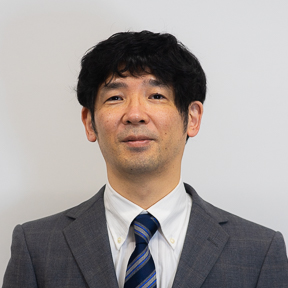
HANAWA Toshihiro
Professor
Kashiwa Campus
Grad: SOE-EEIS
Dept: ー
Paving the Way to Next-Generation Supercomputers
The supercomputer is also attracting attention as a platform that realizes large -scale machine learning in addition to conventional simulations. By coordinating these, you can achieve more advanced applications. To do so, we need to optimize all kinds of processing, such as communication and file input and output, and aim to develop next -generation supercomputer fundamental technology through these more advanced fusion and cooperation.

HANAWA Toshihiro
Professor
Paving the Way to Next-Generation Supercomputers
The supercomputer is also attracting attention as a platform that realizes large -scale machine learning in addition to conventional simulations. By coordinating these, you can achieve more advanced applications. To do so, we need to optimize all kinds of processing, such as communication and file input and output, and aim to develop next -generation supercomputer fundamental technology through these more advanced fusion and cooperation.
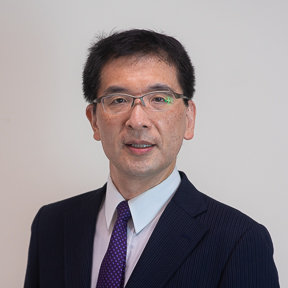
MINEMATSU Nobuaki
Professor
Hongo Campus
Grad: SOE-EEIS
Dept: IC
Assistive technology for speech communication using computers that can talk with, listen to, and support users
Speech-to-text (speech recognition) and text-to-speech (speech synthesis) are working well even on smartphones. In our laboratory, using these speech technologies, we are developing frameworks that can aid humans to realize high-quality speech communication with other humans or with machines. By acquiring various kinds of knowlege such as acoustic phonetics, cognitive science, linguistics, and brain sciences as well as speech technologies, we are trying to improve the QoL of individuals who are communicating orally with others.

MINEMATSU Nobuaki
Professor
Assistive technology for speech communication using computers that can talk with, listen to, and support users
Speech-to-text (speech recognition) and text-to-speech (speech synthesis) are working well even on smartphones. In our laboratory, using these speech technologies, we are developing frameworks that can aid humans to realize high-quality speech communication with other humans or with machines. By acquiring various kinds of knowlege such as acoustic phonetics, cognitive science, linguistics, and brain sciences as well as speech technologies, we are trying to improve the QoL of individuals who are communicating orally with others.
Associate Professor
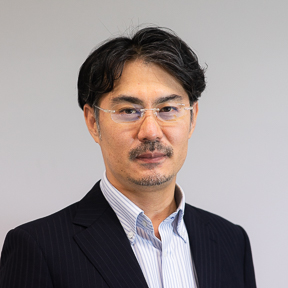
OISHI Takeshi
Associate Professor
Komaba Campus
Grad: SOE-EEIS
Dept: ー
Spatiotemporal modeling and representation of real world
We are developing technologies for 3D modeling, recognition, and analysis of the real world using optical sensor devices such as LiDAR and cameras to realize autonomous mobility for robots and self-driving vehicles.

OISHI Takeshi
Associate Professor
Spatiotemporal modeling and representation of real world
We are developing technologies for 3D modeling, recognition, and analysis of the real world using optical sensor devices such as LiDAR and cameras to realize autonomous mobility for robots and self-driving vehicles.
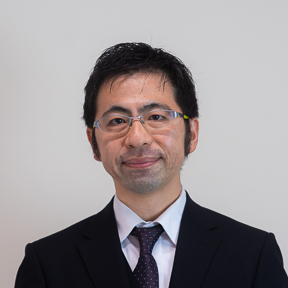
SAITO Daisuke
Associate Professor
Hongo Campus
Grad: SOE-EEIS
Dept: IC
Real-data-oriented Speech Information Processing and Media Information Processing
Saito Laboratory is studying and developing speech information processing, and conducting research on multimedia information processing based on the developed techniques. In particular, in recent years, we have been working on research on complex phenomena such as multiple singing, and analysis about the relationship between appearance of robots and their voice. As a research stance, we aim to create new technologies based on mathematical backgrounds and handle a wide range of media.

SAITO Daisuke
Associate Professor
Real-data-oriented Speech Information Processing and Media Information Processing
Saito Laboratory is studying and developing speech information processing, and conducting research on multimedia information processing based on the developed techniques. In particular, in recent years, we have been working on research on complex phenomena such as multiple singing, and analysis about the relationship between appearance of robots and their voice. As a research stance, we aim to create new technologies based on mathematical backgrounds and handle a wide range of media.
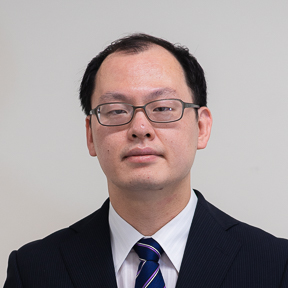
SHIMOKAWABE Takashi
Associate Professor
Kashiwa Campus
Grad: SOE-EEIS
Dept: ー
Large-scale simulation on supercomputers
Physical simulations are used in various fields of computational science and computational engineering, such as meteorology, space, and manufacturing. Research and development of computational methods, algorithms, and software technologies are necessary to realize large-scale simulations using next-generation supercomputers. Our research interests include fluid computation, GPU computation, AMR, acceleration methods, machine learning, and dynamic load balancing.

SHIMOKAWABE Takashi
Associate Professor
Large-scale simulation on supercomputers
Physical simulations are used in various fields of computational science and computational engineering, such as meteorology, space, and manufacturing. Research and development of computational methods, algorithms, and software technologies are necessary to realize large-scale simulations using next-generation supercomputers. Our research interests include fluid computation, GPU computation, AMR, acceleration methods, machine learning, and dynamic load balancing.

MIKI Yohei
Associate Professor
Kashiwa Campus
Grad: SOE-EEIS
Dept: ー
Elucidation of dark objects in the Universe through the synergy of high-performance computing and galactic archaeology
Dark objects—such as dark matter and black holes—that cannot be directly detected are considered to exist throughout the Universe, yet many mysteries remain unresolved. We conduct research using numerical simulations and develop specialized software to unveil the hidden nature of the dark Universe. In particular, we focus on high-performance computing using GPUs and advancing vendor-neutral GPU computing technologies. Moreover, we are pursuing interdisciplinary research that integrates computer science with astrophysics by applying the methods of galactic archaeology, which investigates the formation and evolution history of galaxies based on detailed observational data of nearby galaxies.

MIKI Yohei
Associate Professor
Elucidation of dark objects in the Universe through the synergy of high-performance computing and galactic archaeology
Dark objects—such as dark matter and black holes—that cannot be directly detected are considered to exist throughout the Universe, yet many mysteries remain unresolved. We conduct research using numerical simulations and develop specialized software to unveil the hidden nature of the dark Universe. In particular, we focus on high-performance computing using GPUs and advancing vendor-neutral GPU computing technologies. Moreover, we are pursuing interdisciplinary research that integrates computer science with astrophysics by applying the methods of galactic archaeology, which investigates the formation and evolution history of galaxies based on detailed observational data of nearby galaxies.